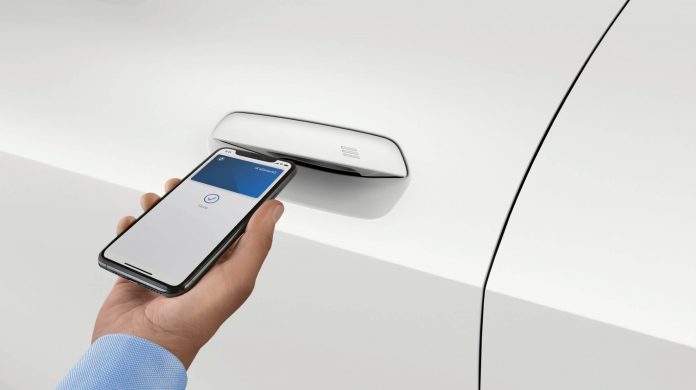Amid the COVID-19 crisis, the global market for Biometric Vehicle Access Systems estimated at US$1.5 Billion in the year 2022, is projected to reach a revised size of US$2.2 Billion by 2026, growing at a CAGR of 8.7% over the analysis period.
Biometric systems are increasingly being used in security systems of automobiles, given their exceptional accuracy. As these systems rely on iris scan, voice recognition, or fingerprints, the likelihood of error is low and security is high. Also, the lower insurance premiums for cars that are equipped with biometric vehicle access systems is driving their adoption in vehicles.
These systems also enable insurance companies to have a record and perform real-time monitoring of the drivers. The market is also gaining from the more favorable regulatory environment for the use of biometric identification systems. Governments worldwide are encouraging the trend of connected or automated vehicles. In China, autonomous driving and ADAS have been standardized.
The growing customer interest in smart technology is also boosting the use of these systems. Smartphone-based applications leverage biometric pattern recognition and communicate with cars to provide access to the vehicle’s ignition and other critical functions. The growing use of in-vehicle biometric systems is expected to augur well for the market. The rising focus on offering a highly personalized experience to vehicle owners is propelling the use of biometric vehicle access systems.
The growing demand for driverless and electric cars and rising use of sensor-based technology is boding for the market. The growing preference among customers for automated security functions in vehicles is likely to drive gains in the market. The emerging iris recognition system that is expected to facilitate improved authentication in vehicles is likely to stimulate market growth.
Further, the advancements in voice recognition and fingerprint recognition technologies are expected to benefit the market. Currently, biometric vehicle access systems are mainly used in luxury cars and in commercial vehicles (retrofitted) for fleet monitoring and security. But their adoption is gradually expanding to other car and vehicle categories. The market is also gaining from the rising connected vehicles demand and the increasing implementation of V2I (vehicle-to-infrastructure) and V2V (vehicle-to-vehicle) technologies for better mobility communication. Market growth is also said to be supported by the growing use of latest technology such as window touch screens and HMI (human-machine interface).
But the market is expected to be restricted by the growing connected devices usage in vehicles, which can lead to greater risk of cyberattacks and compromise security. Also, the use of fingerprint recognition in a vehicle does not offer complete assurance against theft. The significant cost of installation of biometric vehicle access systems is also hampering market growth. Further, given the highly secure nature of the system, the use of vehicle by other people (family/friends) can be restricted, which can discourage its adoption.
Also, the possible breakdown of the electronic components of biometric vehicle access systems that can make the security system of a vehicle vulnerable and require considerable replacements can negatively impact the market. Severe weather conditions can also impact the proper working of biometric systems, as they are generally not designed to work in these conditions.

